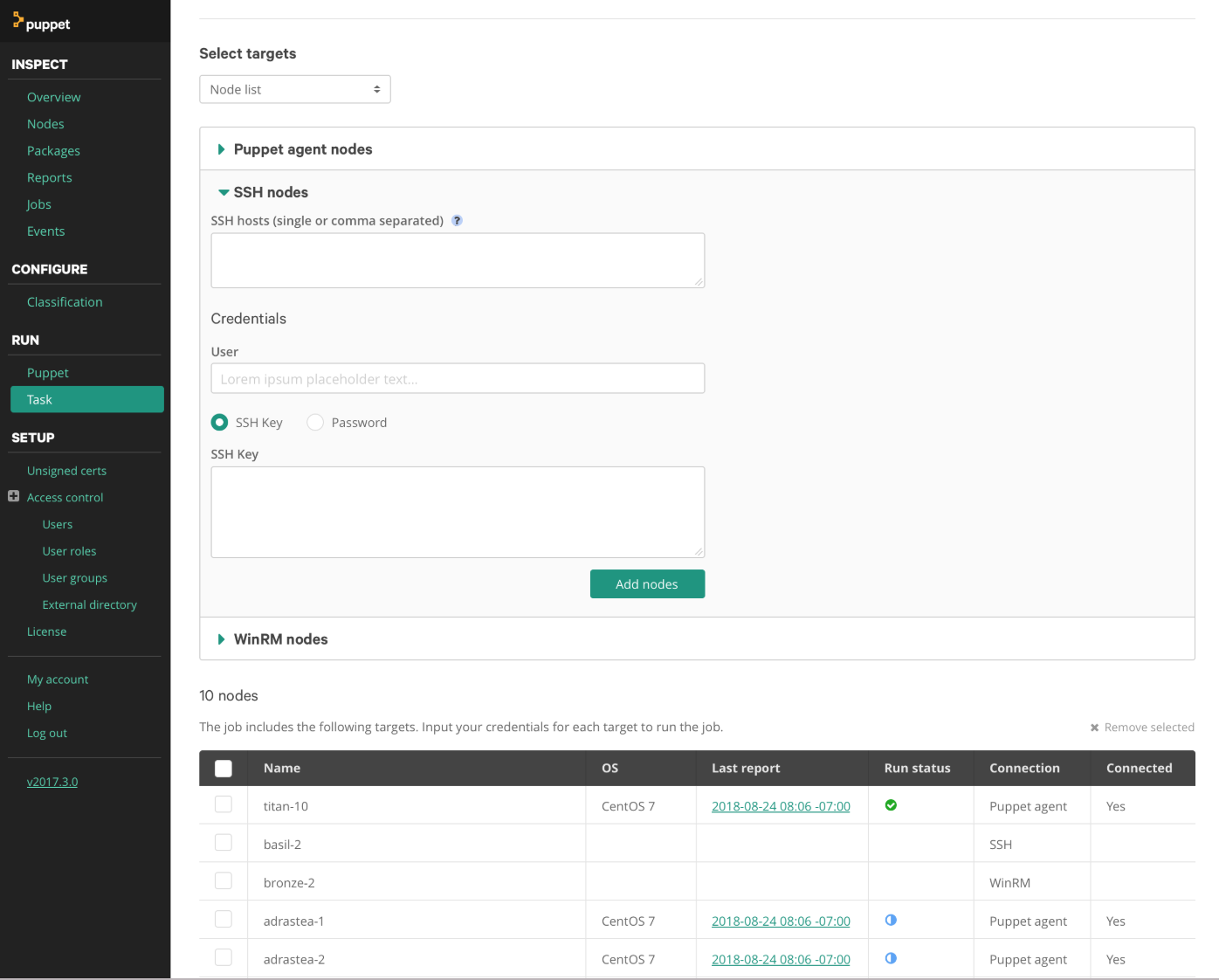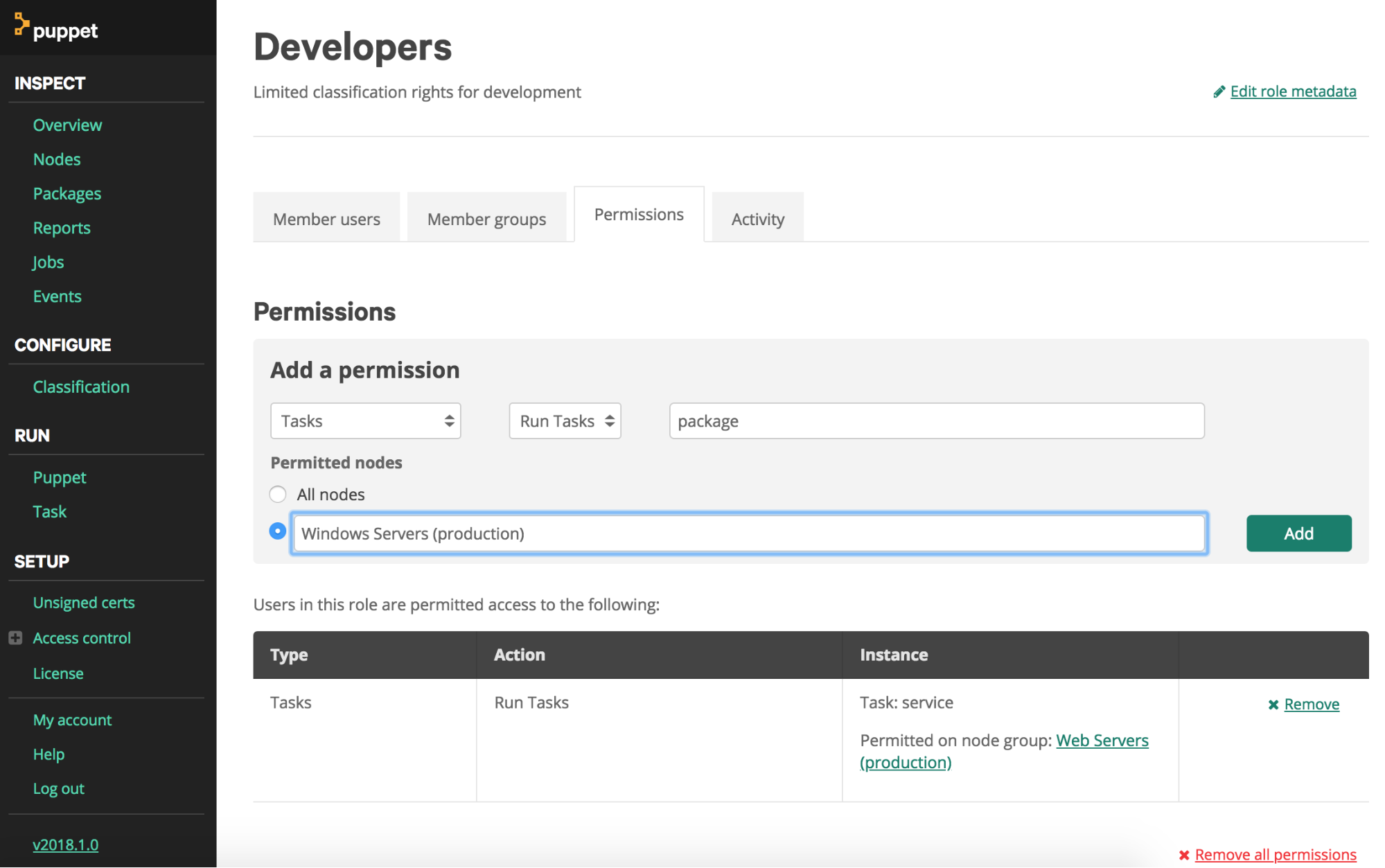
-
Automation
Automates repetitive tasks and reduces errors
-
Scalability
Can manage large-scale infrastructure with ease
-
Customization
Highly customizable to fit specific needs
-
Complexity
Can be difficult to learn and use for beginners
-
Cost
Can be expensive for small businesses or individuals
-
Resource Intensive
Requires significant computing resources to run
- Growing demand for automation and infrastructure management
- Potential for integration with other tools and platforms
- Opportunity to expand into cloud infrastructure management
- Competing products and services in the market
- Potential security vulnerabilities and risks
- Potential regulatory changes or compliance requirements
Ask anything of Puppet Enterprise with Workflos AI Assistant
https://puppet.com/Review Distribution
-
👍
High - rated users
Best Part of this software is it involved in building the end-to-end continuous delivery and automation of entire software delivery lifecycle, from the time developers commit application code to the deployment of those apps wherever they run complete information is seen and recorded for future enhancements.Automatically trigger application builds and continuous integration workflows on any code commit or pull request. Its Excellent dashboard system shows the complete life cycle of the software delivery from the time applications move from development to production.There is nothing least about this to say this has brought enormous changes in the sdlc. But need a change in the UI part. Customization is being looking for various version need a small improvements in the customer support regarding the product relaease.
-
🤔
Average - rated users
If you structure your code to follow the official "the roles and profiles method" - then it is easy to build a reusable and configurable configuration management system. A lot of ready-to-use modules. You can extend Puppet by writing Ruby code. With proper architecture/design - you can scale Puppet to manage tens of thousands of servers.Puppet is declarative and its code does not have strict order - thus sometimes it is hard to manage the order of resource creation, for example. Language itself is also a bit weird and feels a bit unnatural. To scale it well, you would need to learn existing "custom" approaches and most likely change the way you initially deployed Puppet and set up clients to talk to Puppet.
-
👎
Low - rated users
Our use-case is NetApp storage cluster configuration management and conformance reporting. There was some puppet modules out on GitHub that are good for NetApp storage cluster management.Puppet requires custom Ruby code to operate. Also it has very few NetApp-specific modules to make the transition successful. A lot of custom Ruby coding is require. Ansible has that plus the development and the support.
Media























